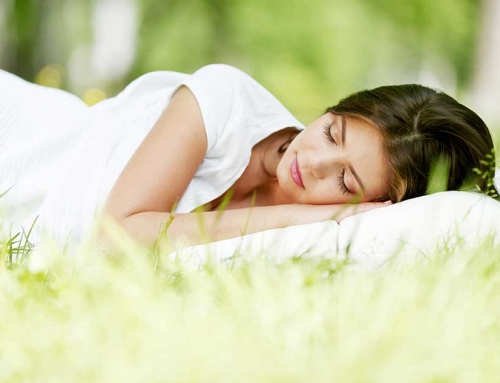Winter blues is a general term, not a medical diagnosis. As the days get shorter, many people find themselves feeling sad. You might feel blue around the winter holidays, or get into a slump after the fun and festivities have ended. Some people have more serious mood changes year after year, lasting throughout the fall and winter when there’s less natural sunlight.
You may feel difficulty waking up in the morning, nausea, tendency to oversleep and over eat, especially a craving for carbohydrates such as cakes, candies and cookies, which leads to weight gain. Other winter blues symptoms include a lack of energy, difficulty concentrating on or completing tasks, withdrawal from friends, family, and social activities, and decreased sex drive. All of this leads to depression, pessimistic feelings of hopelessness, and lack of pleasure which characterize a person suffering from this disorder.
Winter blues is a general term, not a medical diagnosis. The medical term of this is “Seasonal affective disorder (SAD)”, also known as winter depression, winter blues, summer depression, summertime sadness, or seasonal depression, is a mood disorder subset in which people who have normal mental health throughout most of the year experience depressive symptoms in the winter or summer.
It’s a well-defined clinical diagnosis that’s related to the shortening of daylight hours. It interferes with daily functioning over a significant period of time. A key feature of SAD is that it follows a regular pattern. It appears each year as the seasons change, and it goes away several months later, usually during spring and summer.
Reduced sunlight in fall and winter can disrupt your body’s internal clock, or circadian rhythm. This 24-hour “master clock” responds to cues in your surroundings, especially light and darkness. During the day, your brain sends signals to other parts of the body to help keep you awake and ready for action. At night, a tiny gland in the brain produces a chemical called melatonin, which helps you sleep. Shortened daylight hours in winter can alter this natural rhythm and lead to SAD in certain people.
The simple act of planning a vacation causes a significant increase in overall happiness. Better yet come to visit us at Life in Balance Wellness Center in sunny Arizona. Relax and Learn to live a better life.
There are many ways to get rid of winter blues:
More Light Please.
When your physical body is wanting more daylight, stay next to an artificial light for 30 minutes a day can be as effective as antidepressant medication. Opening blinds and curtains, cutting back tree branches, and sitting closer to windows can also giving you an extra dose of sunshine.
Watch What You Eat.
Food like chocolate can help to make you feeling better and relieve anxiety. But food like candy and carbohydrates may make you feel bad short term, but could increase feelings of anxiety and depression.
Working Out is Good.
Study shows walking fast for about 35 minutes a day five times a week or 60 minutes a day three times a week can get rid of symptoms for mild to moderate depression. Working out under bright lights is better for seasonal depression.
Music is Your Friend.
Listening to upbeat or cheery music significantly improved participant’s mood in both the short and long term.
Go on a Vacation.
The simple act of planning a vacation causes a significant increase in overall happiness. Better yet come to visit us at Life in Balance Wellness Center in sunny Arizona. Relax and Learn to live a better life.
Lend a helping hand.
Ladling out soup at the local shelter or volunteering your time can improve mental health and life satisfaction.
Play Outside.
Talking yourself for a walk in the cool temperatures is not easy, but the benefits are huge: Spending time outside can improve focus, reduce symptoms of winter blues, and lower stress levels.




